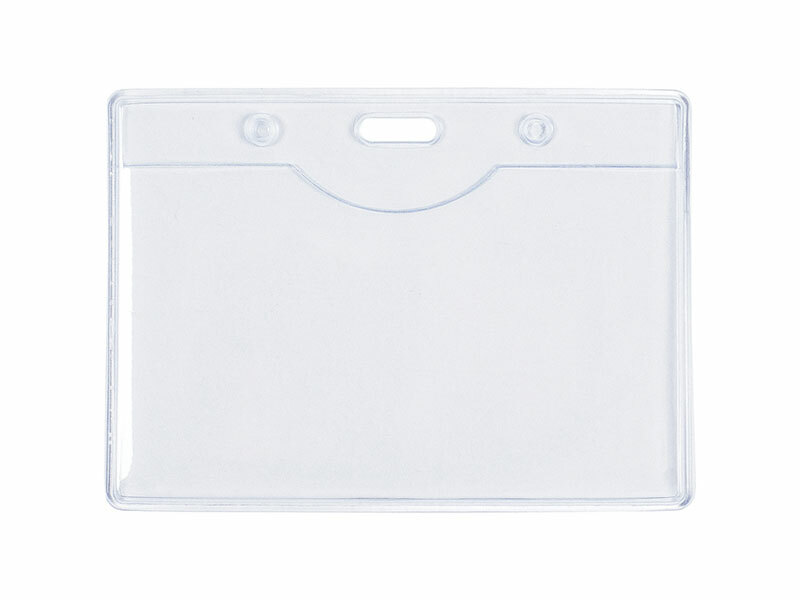
- What screen resolution is better for a monitor?
- A bit about TVs
- Aspect ratio
- Optimal distance to monitor
- Types of matrix
Need to buy a new monitor, but do not know where to start, how to behave when choosing? You need to choose the right screen resolution, because this will largely depend on the quality of the resulting picture. And this is important when working with computer programs, and when watching a video. This article will help you to understand what screen resolution is better for the monitor in your case. Let's start about everything in order.
to the contents ↑What screen resolution is better for a monitor?
In fact, it's very difficult to choose the best screen resolution. Obviously, the choice of resolution depends on the purpose of buying a monitor. Games? Social networks? For each goal, there is an optimal resolution. In order not to miss with a choice, you need to get acquainted with the terminology.
Basic classification
Resolution - the maximum number of pixels located horizontally and vertically:
- The display supporting resolution below 640x480 pixels is called VGA.
- If the points are 800 × 600 or more - SVGA.
- Monitors with a resolution of 1024x768 pixels are sometimes called XGA.
Each display has a resolution. The size of the display device and the resolution are two different things. When choosing the best way to be guided by the characteristics of the existing device.
Important! What screen resolutions are better? Each monitor has the parameters recommended for it, which are selected in such a way that each pixel on the display device coincides with the pixel in the image, which will lead to the clearest picture. Optimum "dimensions" are indicated in the technical characteristics of the device.
Monitor resolutions and their types
The maximum resolution of a liquid crystal monitor is determined by the resolution of its matrix. The higher it is, the more different data can be displayed. Consider for specific examples:
- All LCD monitors depend on the size of the matrix. Do not forget that the maximum screen resolution depends on the diagonal of the screen. For 15-inch displays is typical resolution of 1024x768 pixels. Perfectly suited for the simplest office monitors.
- 19-inch and 17-inch monitors are equipped with a resolution of 1280x1024 pixels. Such monitors perform a wider range of tasks.
- Modern monitors are equipped with a higher resolution. It is 1600x1200 pixels or more.
 With each year, more and more dots fit on the same diagonal. Who knows what will wait for us in a couple of years?
With each year, more and more dots fit on the same diagonal. Who knows what will wait for us in a couple of years?
Setting the screen resolution of
To configure the resolution of the device, you do not need to have any special knowledge in modern technology:
- Open the "Start" menu, and then go to "Control Panel".
- In the "Appearance and Personalization" category, select "Screen Resolution Setting".
- In the "Resolution" menu you can set the values you need.
Diagonal size
The diagonal of the screen is an important characteristic that distinguishes monitors from each other, while strongly influencing the price category. In general, four categories of monitors are distinguished:
- 20 inches - the choice for the office. Budget is the main criterion of choice, if you are an entrepreneur.
- 20-24 inches. More than half of the display devices that were sold in 2016 belong to this category.
- 27 inches. Such "devices" should not be installed at the usual "working" distance, since such a diagonal will make visible individual pixels.
- 30 inches or more. Not a mass product because of the high price, overall dimensions.
Important! The last two categories are not very popular and are not suitable for "standard" home use.
Occasionally you can find special systems consisting of several monitors. Such systems have their advantages, especially for gamers. But for a problem-free operation requires a fairly powerful computer. And the market is not deprived by devices of a virtual reality which leave more cheaply and have effect on the order above and is more qualitative.
to the contents ↑A little bit about TVs
Each format has its advantages. But you need to choose the value that determines the number of points per unit area, starting from the existing signal source:
- HD-Ready - the screens are suitable for all types of modern television. But best of all, this format is suitable for watching DVD movies.
- Full HD - devices with the parameters of 1920x1080.Wonderfully suitable for the use of game consoles, satellite TV channels and Blu-ray disc players
Aspect ratio
When choosing a display, it is necessary to take into account the aspect ratio. Let's talk about some of the most popular screen formats of our days.
The most famous screen formats:
- Earlier monitors of the first computers and TVs were in 4 to 3 format. These figures express the aspect ratio of the display object. The vast majority of TVs have this format.
- A popular ratio is 5: 4.This format is often used in the manufacture of screens for computers.
- But the new format is gradually gaining popularity - 16: 9.It is this format that is the founder of the new image size.
Benefits and convenience of wide format
The main bet of a wide format is convenience. The user is easier to perceive information on the sides, rather than from the side and from below. But let us not lose sight of all the nuances. Widescreen monitors are much cheaper in production. 
The devices of this format have both opponents and supporters:
- Someone is more comfortable to work and relax behind a widescreen monitor.
- Someone is bored with flipping the "back and forth" page in search of the necessary information and they will prefer to use the screen 4: 3.
Important! For work and rest in social networks, screens 4: 3 or 5: 4 will suit, as it will be possible to open several windows at once, and there will be more places for work. But let's not forget that all this is statistics, and each user has the right to decide independently with what "sizes" it is more convenient for him to work.
to the contents ↑Optimal distance to the monitor
At any size of the monitor you need to know the correct distance to it. To determine the optimal distance to the screen, there is a universal formula - the coefficient of 1 or 1.5 should be multiplied by the diagonal.
Important! The location of the information display device at the calculated distance will help not to bore your eyes when working with a computer.
to content ↑Matrix types
To date, matrices that are manufactured according to the following principles are known:
- TN-matrices are inexpensive and fast. The technique based on them is relatively inexpensive and well suited for computer games with dynamics.
Important! The minus of such matrices is a small viewing angle and not the most acceptable color rendition. Professionals such devaysy just do not fit.
- IPS - better and more expensive matrices. The color transfer is noticeably better than the previous type. Not deprived of a good viewing angle.
Important! The disadvantage of these matrices is the longer response time.
- VA is a trade-off between TN and IPS matrices in both price and quality. Short response times and color rendition are better than those of the previous ones. But this type strongly depends on the angle of view and has not the best transmission of halftones.
The most important in choosing - to take into account their individual preferences and acquisition objectives:
- for computer games will suit monitors with a short response time;
- for design - with good color rendering.
Based on the information in this article, you can easily figure out all the nuances of choosing a quality display, and its further operation will not cause you any difficulties or discomfort.


